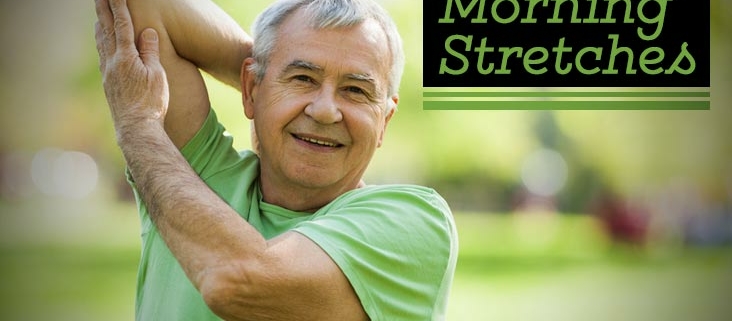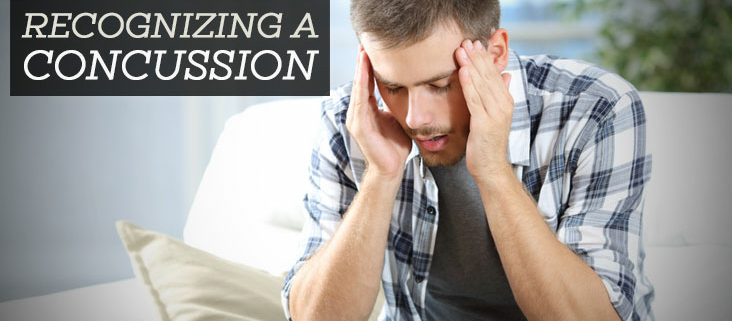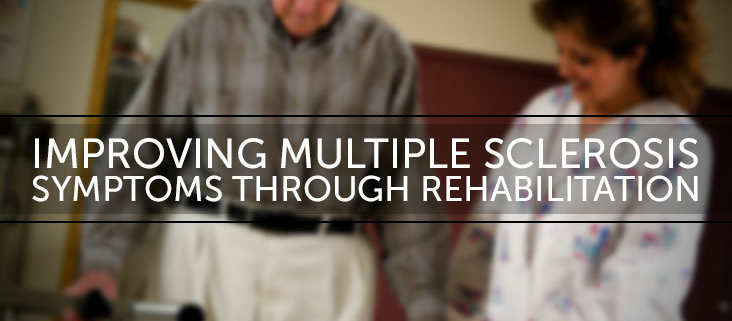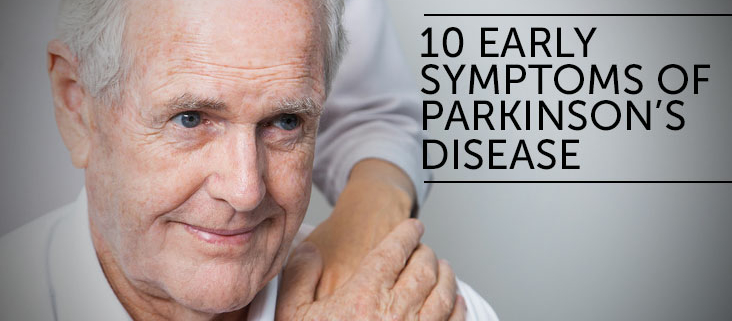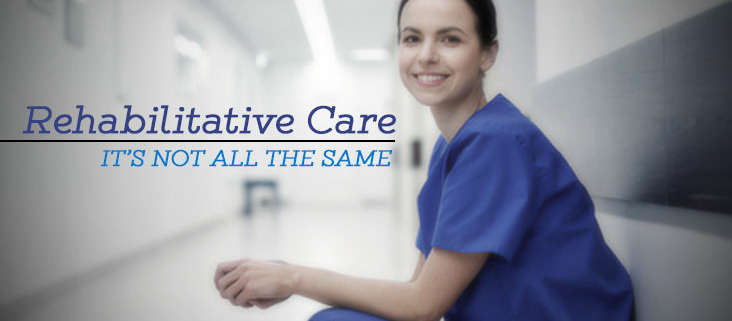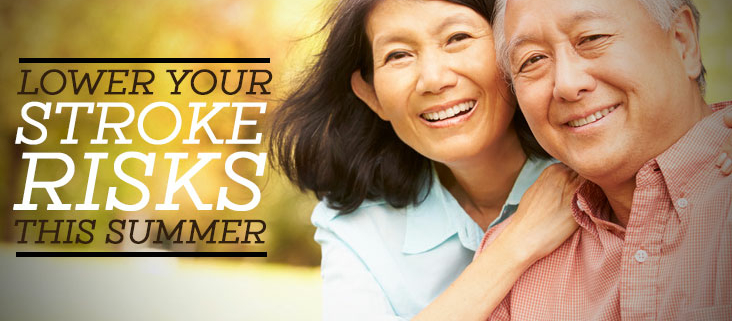Can’t quite wake up in the morning?
A few good stretches can help you relieve muscle tension, increase circulation, and even help release endorphins (those hormones that make you feel good).
“Wake up” your muscles and add a little energy to your mornings with these three stretches below*:
- Knees to Chest
This stretch lengthens tight lower back muscles and can decrease back pain. Begin by lying on your back with your knees bent and both feet flat on the floor or bed. Brings your hands to rest either behind the knees or right below the knee caps. Slowly bring both knees toward your chest using both hands to gently pull the knees inward. Hold 20-30 seconds, return to start position. - Upward Stretch
Lace your fingers together and raise your hands above your head, palms facing upward. Elongate your spine and feel the stretch in your ribcage and arms. Hold for a count of 10. - Neck and Shoulder Stretch
To stretch the muscles on the right side of your neck, turn your left ear over to your left shoulder and hold for 20 seconds. Repeat on the other side to stretch out your left side. Relax for a moment and then roll your shoulders to the back, and then to the front. Then lift them up to your ears, tensing the muscles, and allow them to drop completely.
* As a reminder, always check with your doctor first to make sure these exercises are safe for you.
